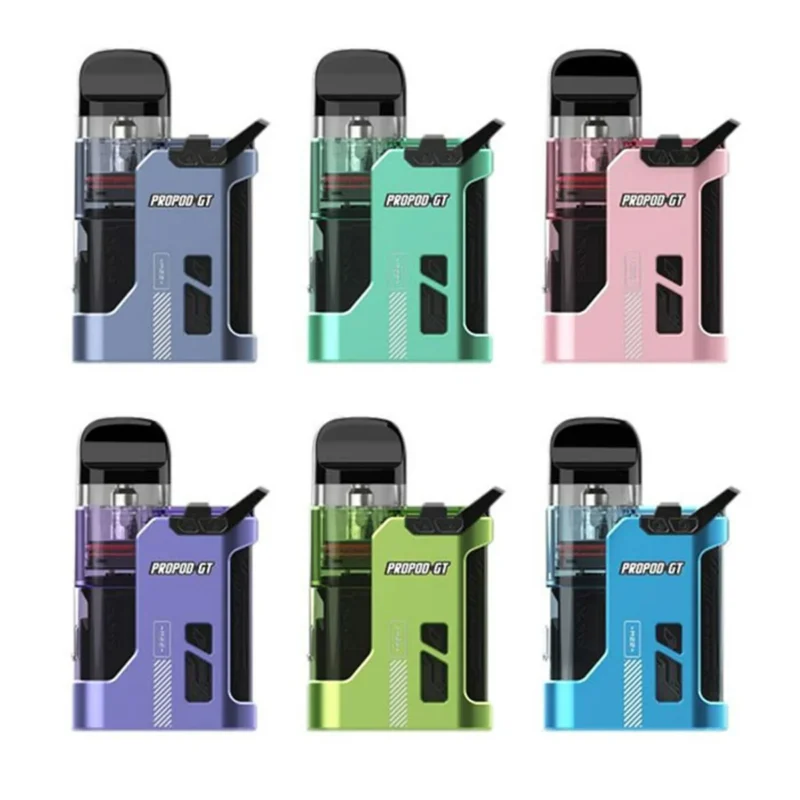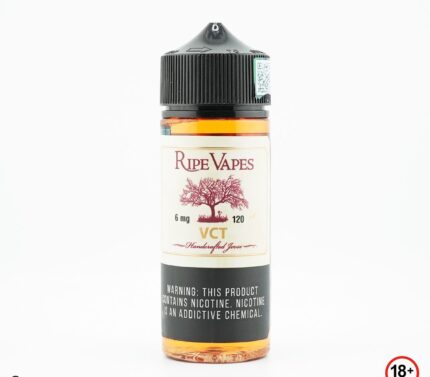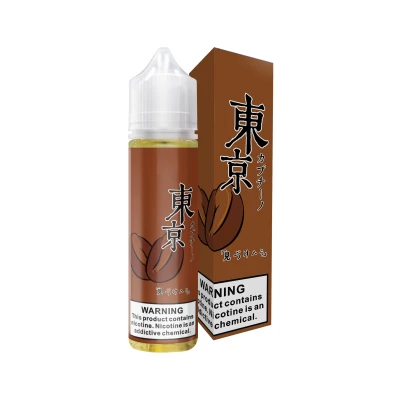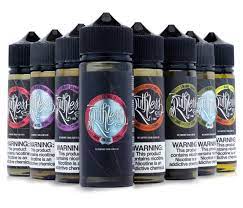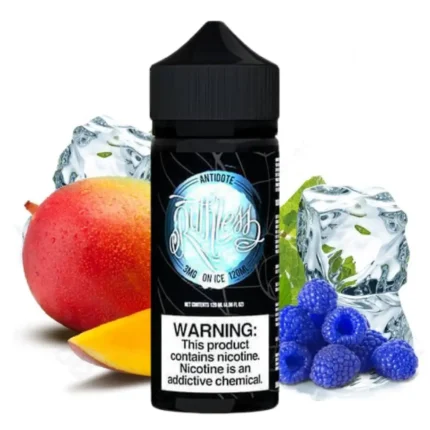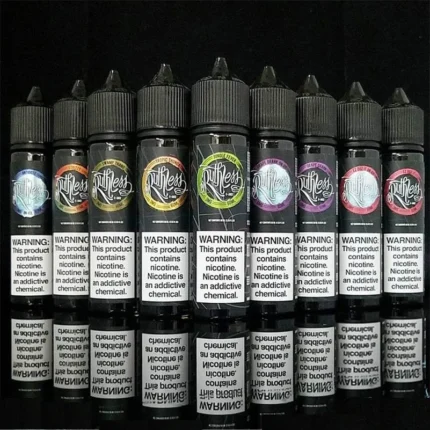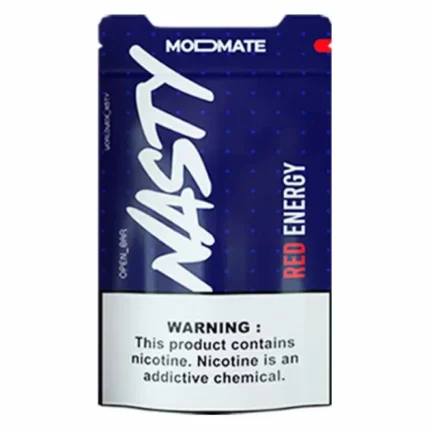In recent years, vaping has surged in popularity as an alternative to traditional smoking. However, concerns surrounding its impact on respiratory health remain a hot topic of discussion. One alarming question often posed is, “Does vaping cause water in the lungs?” To provide clarity, this article explores the potential connection between vaping and fluid in the lungs, how vaping impacts respiratory health, and what research reveals about its long-term effects.
What Does ‘Water in the Lungs’ Mean?
Before diving into the relationship between vaping and water in the lungs, it’s essential to define the condition. Medically known as pulmonary edema, “water in the lungs” occurs when fluid accumulates in the air sacs, making it difficult to breathe. This condition can stem from various causes, including heart failure, infections, or exposure to irritants.
The concern is whether vaping, which introduces vaporized substances into the lungs, could trigger a similar response or exacerbate existing respiratory issues.
What Happens When You Vape?
When you vape, you inhale aerosolized liquid, often containing nicotine, flavoring agents, and other chemicals. Unlike cigarette smoke, which results from combustion, vaping produces vapor by heating a liquid (commonly called e-liquid or vape juice).
While vaping eliminates some of the harmful byproducts of combustion, such as tar, it still exposes users to potentially harmful chemicals, including:
- Propylene glycol and vegetable glycerin (primary components of e-liquid)
- Nicotine (optional, but present in many vape juices)
- Flavoring compounds, which may release harmful byproducts when heated
- Trace metals and other toxins from vape device components
Can Vaping Cause Water in the Lungs?
Vaping doesn’t directly cause water in the lungs (pulmonary edema) in most healthy individuals. However, there are mechanisms through which it might contribute to fluid buildup or irritation in the lungs under certain conditions.
1. Propylene Glycol and Vegetable Glycerin’s Effects
E-liquids typically contain propylene glycol (PG) and vegetable glycerin (VG) as base ingredients. These substances are hygroscopic, meaning they attract and retain water molecules. When inhaled, they may irritate the mucosal lining of the respiratory tract, potentially leading to increased mucus production or mild inflammation. However, this doesn’t equate to full-blown pulmonary edema.
2. Vaping-Related Lung Injuries
In rare cases, severe lung injuries associated with vaping have been reported, such as EVALI (E-cigarette or Vaping Product Use-Associated Lung Injury). This condition can result in symptoms like shortness of breath, chest pain, and lung inflammation, which may resemble fluid buildup in the lungs. According to the CDC, most EVALI cases are linked to vaping products containing THC or vitamin E acetate, not standard nicotine e-liquids.
3. Risk of Aspiration
Vaping may cause users to inadvertently inhale vaporized particles into areas of the lungs where they shouldn’t be, especially with improper technique or high-wattage devices. This could trigger irritation or inflammation, but again, it’s not the same as water accumulation in the lungs.
4. Allergic Reactions and Sensitivities
Some individuals may develop hypersensitivity to vaping ingredients, leading to respiratory symptoms like wheezing, coughing, or tightness in the chest. While not pulmonary edema, these reactions might be mistaken for similar conditions.
What Does Research Say About Vaping and Lung Health?
Short-Term Effects
Studies have shown that vaping can cause short-term irritation of the airways, reducing lung function temporarily. For instance, research published in The European Respiratory Journal indicated that inhaling e-liquid aerosols might trigger inflammatory responses in the lungs, though these effects vary between individuals.
Long-Term Risks
Data on the long-term consequences of vaping remains limited due to its relatively recent emergence. However, some researchers suggest that chronic vaping may increase the risk of respiratory conditions, including chronic obstructive pulmonary disease (COPD), asthma exacerbation, and lung scarring.
Pulmonary Edema and Vaping
While there’s no direct evidence linking standard vaping to pulmonary edema, cases associated with illicit or adulterated products (like those containing THC or vitamin E acetate) highlight the potential dangers of unregulated vaping products.
Symptoms to Watch Out For
If you vape and experience the following symptoms, it’s crucial to seek medical attention:
- Persistent coughing or wheezing
- Shortness of breath or difficulty breathing
- Chest tightness or pain
- Excessive mucus production
- Fatigue or dizziness
These could indicate an adverse reaction to vaping or a more serious underlying condition, including fluid retention in the lungs.
Safer Vaping Practices to Protect Lung Health
If you choose to vape, there are steps you can take to minimize potential risks:
- Use Reputable Products: Purchase e-liquids and devices from trusted manufacturers to avoid harmful additives.
- Avoid THC or Illicit Products: Many lung injuries have been linked to THC-containing products or those with unregulated ingredients.
- Moderate Usage: Limit how often you vape to reduce long-term exposure to chemicals.
- Monitor Symptoms: Pay attention to changes in your breathing or overall health.
- Stay Informed: Keep up with the latest research and recommendations regarding vaping and lung health.
FAQs
Does vaping affect lung capacity?
Yes, studies suggest that vaping can temporarily reduce lung capacity due to airway irritation and inflammation. Prolonged use may increase the risk of chronic lung conditions.
Can vaping cause permanent lung damage?
While more research is needed, evidence indicates that heavy or chronic vaping could contribute to permanent lung scarring and conditions like COPD.
Is vaping safer than smoking for the lungs?
Vaping is considered less harmful than traditional smoking because it eliminates tar and many combustion-related toxins. However, it is not entirely risk-free and may still harm lung health.
What is EVALI, and how is it related to vaping?
EVALI stands for E-cigarette or Vaping Product Use-Associated Lung Injury. It’s a severe condition linked to certain vaping products, particularly those containing THC or vitamin E acetate.
Does quitting vaping improve lung health?
Yes, quitting vaping allows the lungs to heal over time, reducing inflammation and improving respiratory function.
Are nicotine-free vapes safe for the lungs?
Nicotine-free vapes may still contain harmful chemicals, such as flavoring agents, that could irritate or damage the lungs.
Conclusion
While vaping doesn’t directly cause “water in the lungs” for most individuals, it can contribute to respiratory irritation, inflammation, and, in rare cases, severe lung injuries. The key to minimizing risks lies in responsible usage, avoiding unregulated products, and staying informed about the potential health effects.
As research continues to unfold, understanding vaping’s impact on lung health is essential for making informed decisions. For those concerned about their respiratory health, consulting a healthcare professional and considering cessation options may be the best course of action.

